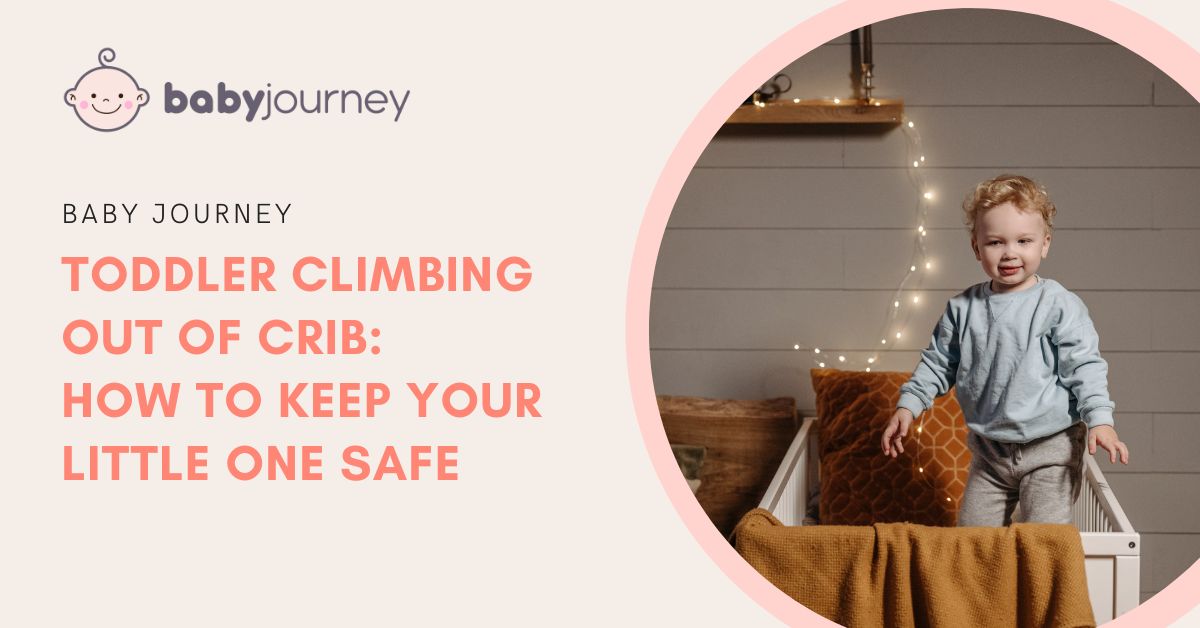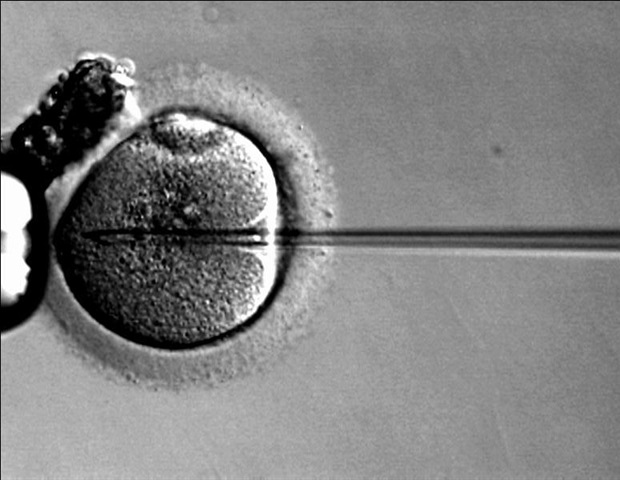Toddler climbing out of the crib can be a worrisome experience for parents. This is a milestone in a toddler’s development, and it marks the beginning of some serious physical and developmental changes. It can also be a safety issue, as toddlers can fall and hurt themselves when climbing out of their crib.
Parents may wonder why their toddler is climbing out of the crib and what they can do to prevent it. There are several reasons why a toddler may climb out of the crib, including a desire for independence, curiosity, or discomfort. It is essential to address these issues to ensure that the toddler stays safe and secure in their crib.
Fortunately, there are several solutions and preventive measures that parents can take to keep their toddler safe and secure in their crib. These include using a sleep sack, lowering the mattress, and installing a crib tent. By taking these measures, parents can ensure that their toddler stays safe and secure in their crib and continues to get the rest they need for healthy development.
Understanding Toddler Climbing Behavior
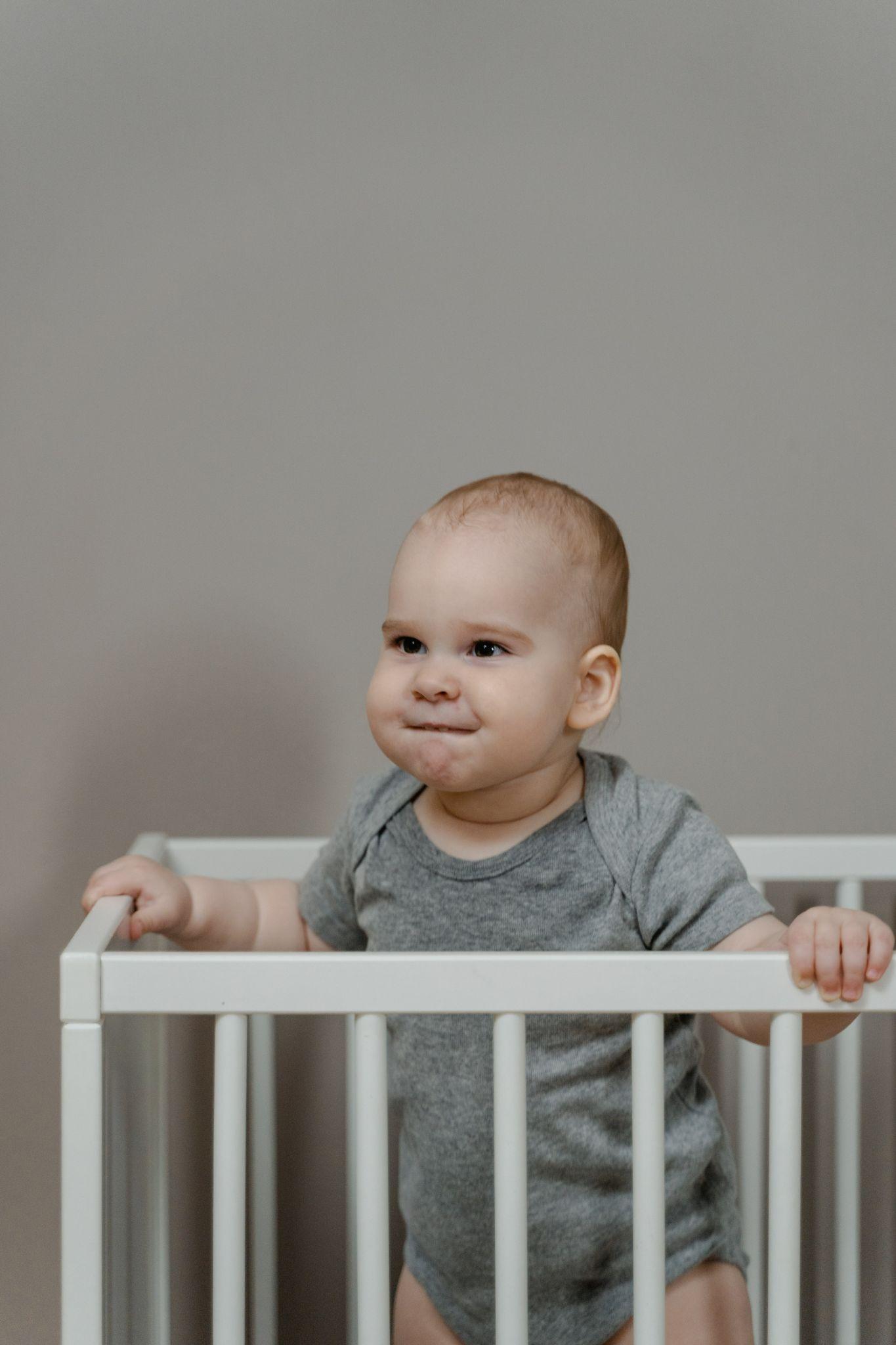
Climbing out of the crib is a common milestone for toddlers and is often referred to as a “jailbreak.” It is a sign of physical and developmental changes in the child. Toddlers usually start climbing out of their cribs between 18 months and 3 years of age.
Climbing is a natural behavior for toddlers as they explore their environment and develop their gross motor skills. However, climbing out of the crib can be dangerous as it can result in falls and injuries. It is important for parents to understand why their toddler is climbing out of the crib and how to prevent it.
One reason why toddlers climb out of the crib is that they have outgrown it. Once a toddler reaches a certain height, the crib can no longer contain them. It is recommended to transition the toddler to a toddler bed or a twin bed once they reach the height of 35 inches.
Another reason why toddlers climb out of the crib is that they are seeking independence and control. Climbing out of the crib gives them a sense of accomplishment and freedom. Toddlers may also climb out of the crib to get attention from their parents or to delay going to bed.
To prevent toddlers from climbing out of the crib, parents can take several measures. They can lower the crib mattress to its lowest position, remove any objects from the crib that the child can use to climb out, such as stuffed animals or blankets, and use a sleep sack instead of a blanket. Parents can also use a toddler bed or a twin bed instead of a crib.
In summary, climbing out of the crib is a natural behavior for toddlers, but it can be dangerous. Parents should understand why their child is climbing out of the crib and take measures to prevent it. By providing a safe and secure sleeping environment, parents can help their child develop healthy sleep habits and prevent falls and injuries.
Risks and Dangers of Climbing Out of Crib
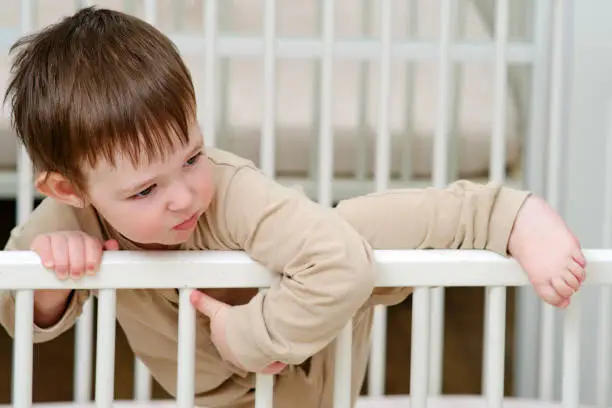
When toddlers start to climb out of their cribs, it can be a cause for concern for parents. There are several risks and dangers associated with this behavior that parents should be aware of.
Firstly, the crib itself can pose a danger to the child. As the child climbs out, they may fall and injure themselves. This is especially true if the room is not carpeted or if there are hard objects nearby that the child can hit their head on. In some cases, the child may even get stuck between the crib and the wall, which can be a serious safety hazard.
Another danger associated with climbing out of the crib is the risk of strangulation. If the child’s clothing or pajamas get caught on the crib’s railing, they may choke or suffocate. This is why it’s important to ensure that the crib is free of any loose or dangling cords, as well as any other items that could pose a strangulation risk.
Aside from the crib itself, other furniture in the room can also be a danger to the child. For instance, if there is a dresser or bookshelf nearby, it could fall over and crush the child if they pull on it while climbing out of the crib. Parents should ensure that all furniture in the room is securely anchored to the wall to prevent this from happening.
Finally, it’s important to be mindful of any cords or lamps in the room. If the child is climbing out of the crib in the dark, they may accidentally knock over a lamp or pull on a cord, which can cause injury or start a fire. Parents should ensure that any cords and lamps in the room are safely out of reach of the child.
Overall, climbing out of the crib can pose several risks and dangers to toddlers. Parents should take steps to ensure that their child is safe and secure while sleeping, such as transitioning to a toddler bed or making modifications to the crib to prevent the child from climbing out.
Preventive Measures to Stop Climbing
When a toddler starts to climb out of their crib, it can be a scary and dangerous situation for both the child and the parents. There are several preventive measures that can be taken to stop climbing and ensure the safety of the toddler.
One of the most effective ways to prevent climbing is to lower the mattress. According to the American Academy of Pediatrics, “children are most likely to fall out of the crib when the mattress is raised too high for their height, or not lowered properly as they grow.” Lowering the mattress to the lowest possible level can make it more difficult for the toddler to climb out of the crib.
Another option is to use crib tents. These are mesh covers that can be placed over the top of the crib to prevent the toddler from climbing out. It is important to note that crib tents should only be used on cribs that meet current safety standards and have not been recalled.
Rails can also be added to the sides of the crib to prevent climbing. These can be purchased separately and attached to the crib. It is important to make sure that the rails are securely attached and do not create any gaps where the toddler could become trapped.
Using a sleep sack can also be helpful in preventing climbing. The sleep sack keeps the toddler’s legs contained and makes it more difficult for them to climb out of the crib. It is important to choose a sleep sack that fits properly and does not pose any safety risks.
Turning the crib around can also be effective in preventing climbing. If the toddler is using a particular part of the crib to climb out, turning the crib around can make it more difficult for them to do so.
Finally, catching the toddler in the act and gently reminding them not to climb can be helpful. It is important to remain calm and neutral when doing so, as overreacting can encourage repeat behavior.
Overall, there are several preventive measures that can be taken to stop climbing and ensure the safety of the toddler. Lowering the mattress, using a crib tent, adding rails, using a sleep sack, turning the crib around, and catching the toddler in the act are all effective ways to prevent climbing.
Indicators of Readiness for Transition

Transitioning from a crib to a toddler bed is a significant milestone in a child’s life. While some toddlers are ready to make the switch at 18 months, others may not be ready until they are three years old. Here are some indicators of readiness that parents can look for when considering the transition:
Climbing Out of the Crib
If a toddler is able to climb out of the crib, it is a clear sign that they are ready for a toddler bed. Climbing out of the crib poses a risk of injury, and parents should take action to prevent their child from getting hurt. Parents can lower the crib mattress as a temporary solution, but it is not a long-term solution.
Height of the Child
Another indicator of suitability for a toddler bed is the child’s height. When a child’s nipples are in line with the top of the crib railing when standing, usually around 3 feet tall, it’s time for parents to consider transitioning them to a bed. Children are more easily able to climb out of the crib at this height, which might result in damage.
Interest in a Big Kid Bed
If a toddler expresses interest in a big kid bed, it is a good sign that they are ready for the transition. Parents can involve their child in the process of choosing a new bed and bedding, which can help them feel more excited about the change.
Potty Training
If a toddler is potty training, it may be a good time to transition to a toddler bed. Toddlers who are potty training may need to use the bathroom more frequently during the night, and a toddler bed can make it easier for them to get in and out of bed on their own.
New Sibling
If a new sibling is on the way, parents may want to consider transitioning their toddler to a toddler bed. This can help the toddler feel like a big kid and can make the transition to having a new sibling easier.
FOMO
FOMO, or fear of missing out, can also be an indicator of readiness for a toddler bed. If a toddler is aware of what’s happening in the other room and doesn’t want to miss out on any fun with their family, they may be more interested in a big kid bed.
Overall, parents should take their child’s individual needs and readiness into account when considering the transition from a crib to a toddler bed. By looking for these indicators of readiness, parents can make the transition smoother and safer for their child.
Transitioning from Crib to Toddler Bed
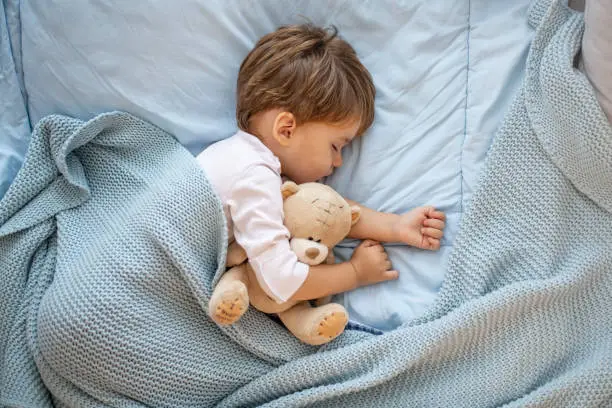
When a toddler starts climbing out of their crib, it’s time to transition to a toddler bed to ensure their safety. According to the American Academy of Pediatrics (AAP), toddlers should move to a toddler bed when they reach a height of 35 inches or the crib railing is lower than their chest. Climbing out of a crib can lead to injury, so it’s important to make the switch as soon as possible.
One of the first things to consider when transitioning to a toddler bed is the crib mattress. Make sure it’s in the lowest position to prevent your child from falling out of bed. If you have a convertible crib, you can take off one side and turn it into a daybed, which is the easiest and most economical option. Plus, the bed will already feel familiar to your child. However, if the crib is getting a new occupant, you’ll have to get a new bed.
It’s important to make the transition to a toddler bed a positive experience for your child. You can do this by involving them in the process and making it fun. Let them pick out their new bedding or choose a special stuffed animal to sleep with. You can also use a visual cue, such as a picture of their new bed, to help them understand the change.
When it comes to toddler sleeping, consistency is key. Stick to a bedtime routine and make sure your child is getting enough sleep. A toddler needs around 11-14 hours of sleep per day, including naps. It’s also important to ensure their sleeping environment is safe and comfortable. Use a firm mattress and avoid placing any soft objects, such as pillows or blankets, in the crib or bed.
In summary, transitioning from a crib to a toddler bed can be an exciting milestone for both parents and toddlers. By following these tips and making the transition a positive experience, you can ensure a safe and comfortable sleeping environment for your child.
Managing Separation Anxiety and Sleep Regression
Separation anxiety and sleep regression are common issues that parents face when their toddlers start climbing out of their cribs. These issues can cause a lot of stress for both the parents and the child, but there are ways to manage them.
One of the most important things to do is to establish a consistent bedtime routine. This can help to create a sense of security and predictability for the child, which can help to reduce separation anxiety and sleep regression. A bedtime routine can include things like a warm bath, reading a story, singing a lullaby, and saying goodnight.
It is also important to create a comfortable sleep environment for the child. This can include things like a comfortable mattress, cozy blankets, and a favorite stuffed animal. Creating a calm and relaxing atmosphere in the child’s room can also help to promote better sleep.
If the child is experiencing separation anxiety, it can be helpful to gradually increase the amount of time that the child spends away from the parent. This can be done by gradually increasing the amount of time that the child spends in their own room, or by having the parent spend short periods of time away from the child during the day.
If the child is experiencing sleep regression, it can be helpful to establish a consistent nap schedule and to limit screen time before bedtime. It can also be helpful to avoid giving the child sugary or caffeinated drinks before bedtime.
Overall, managing separation anxiety and sleep regression can be challenging, but with patience and consistency, it is possible to help the child feel more secure and get better sleep.
Ensuring Toddler Safety After the Transition
Once a toddler has transitioned from a crib to a toddler bed, it is important to ensure their safety. Here are some tips to help toddler-proof the bedroom and keep them safe:
Baby Gates
Installing baby gates at the bedroom door and at the top and bottom of any stairs can help keep toddlers from wandering out of the bedroom. It is important to ensure that the baby gates are properly installed and securely fastened to prevent accidents.
Video Monitor
A video monitor can help parents keep an eye on their toddler while they are sleeping. This can be especially helpful if the toddler tends to climb out of bed or wander around the room during nap time or bedtime.
Crib Safety
If the toddler’s younger sibling is still using the crib, it is important to make sure that the crib is properly secured and that the toddler cannot climb into the crib. It may be necessary to move the crib to a different room or use a baby gate to keep the toddler out of the room with the crib.
Toddler-Proofing
Toddlers are curious and love to explore their surroundings. It is important to toddler-proof the bedroom by removing any potential hazards such as small objects, cords, or sharp edges. Additionally, furniture should be secured to the wall to prevent tipping.
By taking these steps, parents can help ensure their toddler’s safety after the transition from crib to toddler bed.
Conclusion
In conclusion, toddlers climbing out of cribs can be a challenging milestone for parents to navigate. However, there are several solutions and preventative measures that can be taken to ensure the safety of the child.
One effective solution is transitioning the child to a toddler bed, which allows for more freedom of movement and reduces the risk of falls. Another solution is using sleep sacks or wearable blankets to prevent the child from climbing out of the crib. Additionally, parents can install crib tents or mesh covers to keep the child safely contained in the crib.
It is important to note that every child is different and what works for one may not work for another. Parents should observe their child’s behavior and make adjustments as necessary. It is also important to ensure that the child’s sleeping environment is safe and free from hazards.
Overall, with patience and persistence, parents can successfully navigate this milestone and ensure the safety and well-being of their child.
Frequently Asked Questions
How can I prevent my toddler from climbing out of the crib?
There are several ways to prevent your toddler from climbing out of the crib. One effective method is to lower the crib mattress to its lowest position. This will make it more difficult for your child to climb out. You can also remove any furniture or toys that your toddler could use to climb out of the crib. Another option is to use a sleep sack or wearable blanket to restrict your child’s movement.
What are some alternatives to a crib for a toddler who keeps climbing out?
If your toddler keeps climbing out of the crib, it may be time to consider transitioning to a toddler bed. A toddler bed is a small bed that is designed for children who have outgrown their cribs. Another option is to use a floor bed, which is a mattress on the floor without any rails or barriers. This can be a safe option for children who are able to get in and out of bed independently.
What are some signs that it’s time to transition my toddler out of the crib?
Some signs that it may be time to transition your toddler out of the crib include your child consistently climbing out of the crib, your child outgrowing the crib, or your child expressing a desire for a big kid bed. Additionally, if you are expecting another child and will need the crib for the new baby, it may be a good time to transition your toddler to a new bed.
How can I make my toddler’s sleep environment safer to prevent climbing?
To make your toddler’s sleep environment safer, you can remove any furniture or toys that your child could use to climb out of the crib. You can also use a sleep sack or wearable blanket to restrict your child’s movement. Additionally, make sure that the room is free of any hazards, such as loose cords or blinds with long cords.
What are some effective sleep training methods for a toddler who keeps getting out of bed?
One effective sleep training method for a toddler who keeps getting out of bed is the “silent return” method. This involves silently returning your child to bed every time they get up, without engaging in conversation or eye contact. Another method is the “bedtime pass” method, which involves giving your child a card or pass that they can use to leave their room once per night.
At what age should I transition my toddler out of the crib?
There is no set age at which a toddler should be transitioned out of the crib. However, most children make the transition between 18 months and 3 years old. It’s important to pay attention to your child’s development and readiness for a new bed, rather than focusing solely on their age.
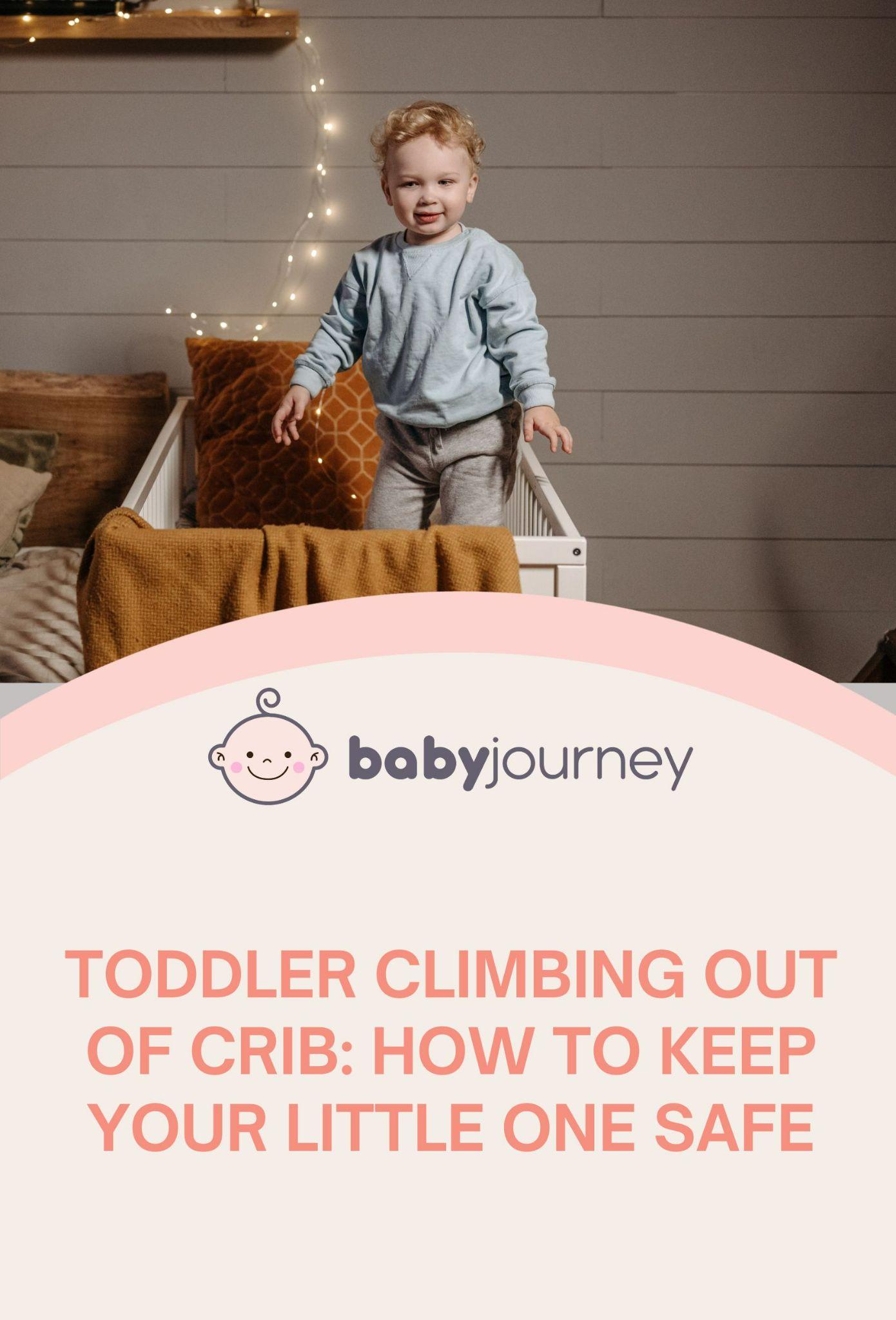

 PARENTING TIPS
PARENTING TIPS PREGNANCY
PREGNANCY BABY CARE
BABY CARE TODDLERS
TODDLERS TEENS
TEENS HEALTH CARE
HEALTH CARE ACTIVITIES & CRAFTS
ACTIVITIES & CRAFTS